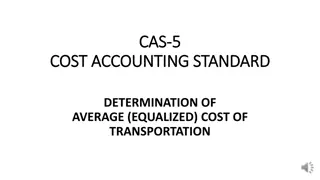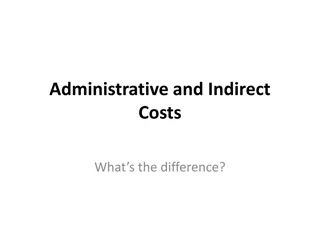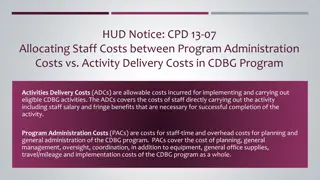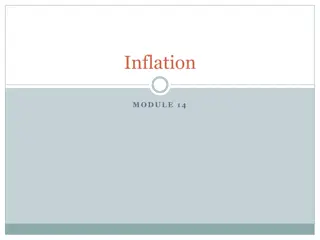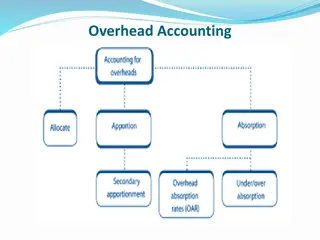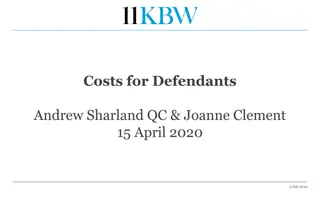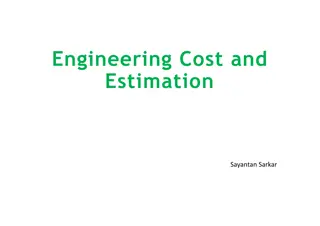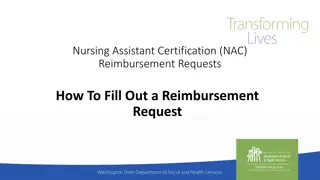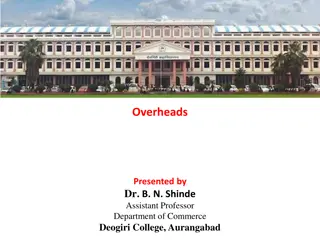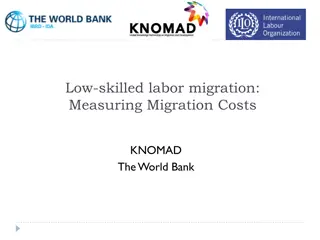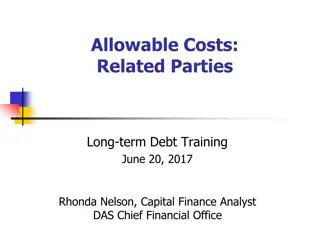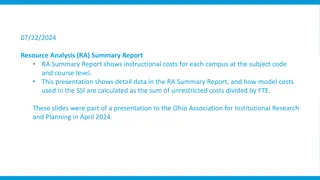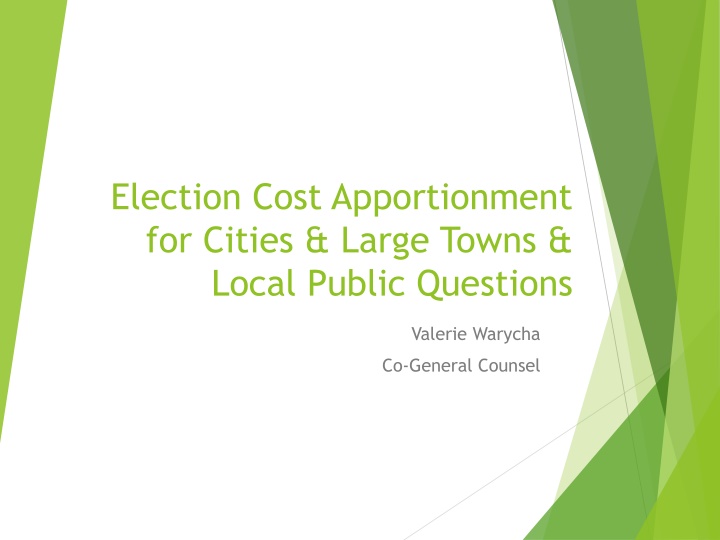
Election Cost Apportionment in Municipalities and Towns
Learn about the apportionment of expenses for elections in cities and large towns. Understand the process and steps involved in distributing election costs among municipalities. Find out how expenses are allocated based on voter percentages and direct expenses incurred.
Download Presentation

Please find below an Image/Link to download the presentation.
The content on the website is provided AS IS for your information and personal use only. It may not be sold, licensed, or shared on other websites without obtaining consent from the author. If you encounter any issues during the download, it is possible that the publisher has removed the file from their server.
You are allowed to download the files provided on this website for personal or commercial use, subject to the condition that they are used lawfully. All files are the property of their respective owners.
The content on the website is provided AS IS for your information and personal use only. It may not be sold, licensed, or shared on other websites without obtaining consent from the author.
E N D
Presentation Transcript
Election Cost Apportionment for Cities & Large Towns & Local Public Questions Valerie Warycha Co-General Counsel
Apportionment of Expenses In odd-numbered municipal election years, all cities and towns are required to pay for their election. In precinct-based counties, if the county election board conducts the primary or municipal election, starting 90 days before the election, running through the day after the election, all expenses that can t be changed directly to a municipality shall be split: 25% to county 75% to municipality holding the election. In vote center counties, all expenses incurred by the county are split between the municipalities conducting elections. Towns may enter into an agreement to pay a fixed amount. If small town election board conducts the November election, the town is responsible for all costs. IC 3-5-3-8 | IC 3-5-3-9 | IC 3-10-7-4
Precinct Based County Steps to apportion election expenses among municipalities: 1) Determine the total number of votes cast in all cities and towns. 2) Determine votes cast in each city and town as a percentage of the total election. 3) Determine the direct expenses to be charged to the city or town. 4) Determine other expense 5) Submit completed reimbursement form for each municipality to auditor. Auditor forwards to appropriate city or town no later than June 1 for the primary and December 7 for the municipal. CEB-34 for Primary (Feb. 1 May 3) CEB-35 for General (May 3 Nov. 8) The city or town council must appropriate funds to reimburse the county no later than December 31, 2023.
Precinct Based County 75% of expenses that can t be charged directly to a municipality are split in the same ratio of the number of voters who cast a ballot in the municipality to the total number of voters who cast a ballot in all of the municipalities in the county at that election. Example The town of Smallville had 100 votes cast. A total of 1,000 votes were cast in all of the cities and towns. Therefore, Smallville had 10% of the votes cast in the election. If the 75% of expenses for municipalities to cover is $100, then Smallville pays 10% of the $100 for a total of $10.
Precinct Based County Direct Expenses are those incurred for a specific city or town election. Example, the county paid $3,000 to print ballots for Hoosierville. This is a direct expense that should be billed to Hoosierville. Other Expenses are the expenses incurred for items that were not incurred just for a specific city or town. Example: The county pays $2,000 in compensation to absentee voter board members, who serve voters of every city and town. The county must cover 25% of these Other Expenses and apportion the remaining 75% of the Other Expenses among the cities and towns, based on the percentage of the city or town s votes cast in the municipal primary.
Vote Center County 90 days prior to the primary/municipal election through the day after the election, all expenses incurred by the county for conducting the municipal elections are split between the cities and towns holding elections. Expenses are apportioned to each municipality based off the number of voters who cast a ballot in the election to the total number of voters who cast a ballot in all the municipalities in the county at that election. Municipality must reimburse the county for the Primary and General Election Cost by December 31 of the year the election is conducted.
Vote Center County Steps to apportion election expenses among municipalities: 1) Determine the total number of votes cast in all cities and towns. 2) Determine votes cast in each city and town as a percentage of the total election. 3) Determine election expenses to be charged to the city or town. 4) Submit completed reimbursement form for each city and town to auditor. Auditor forwards to appropriate city or town no later than June 1 for the primary and December 7 for the municipal. CEB- 38 Primary (Feb. 1 May 3) CEB-39 General (May 3 Nov. 8)
Vote Center County Determining Election Expenses Example The Town of Smallville had 100 votes cast in the primary. A total of 1,000 votes were cast in all cities and towns. Therefore, Smallville had 10% of the votes cast in the primary and pays 10% of the expenses.
Town Agreements County Election Board may enter into a written agreement with a small town (census population of less than 3,500) to conduct their primary or municipal election or both. This must be done prior to September 21, 2023. This does not apply to Marion County. If a town election coincides with a general election, the town is not charged. IC 3-10-7-4
Municipal Election Costs All expenses for a municipal election conducted by the County Election Board are paid out of the general fund of the county, without any appropriation required. The County Auditor certifies the amount to the fiscal officer of the municipality not later than 30 days after the election. No later than June 1 for Primary and December 7 for the Municipal. The municipal fiscal body shall reimburse the county by December 31 of the year the election takes place.
Special Election Costs If required by statute, the political subdivision pays the costs incurred for conducting the election in the precincts where the election occurred. Example: school referendums (IC 20-46-1-46) The political subdivision is required to pay only the costs incurred for conducting the special election in the precincts in which the other election is not conducted on that date. The costs incurred by the political subdivision shall be determined based on the ratio that the number of voters who cast a ballot in the precincts in which the other election is not conducted bears to the total number of voters who cast a ballot in all elections conducted within the county on that date. IC 3-5-3-12
Special Election Costs Determining costs Determine total number of votes cast in Smallville precincts. Determine total number of votes cast within the county. Divide the total number of Smallville votes by the total number cast to determine the ratio. 1) 2) 3) Example 1. Smallville has 100 votes cast in 5 precincts where no other election is conducted. 2. There are a total of 1,000 votes cast in all the elections conducted in the county. 3. Therefore, Smallville had a ratio of 100 to 1000 and owes 10% of the costs. 1) 2) 3)


